Presentation
Ankle sprain - external rotation mechanism.
Patient Data
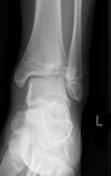
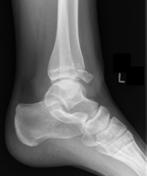
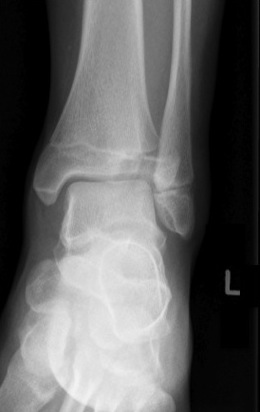
Mortis and lateral views of the left ankle demonstrate a displaced Salter Harris type III fracture of the anterolateral distal tibial epiphysis synonymous with "juvenile Tillaux fracture".
Treating orthopaedic surgeon have request pre-operative CT for further characterisation
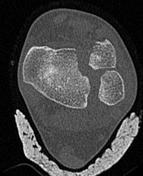
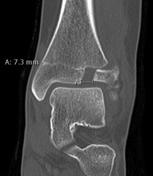
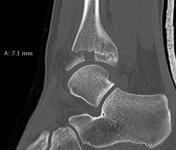
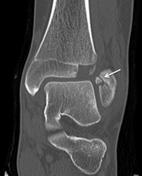
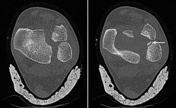

CT left ankle shows the Tillaux fracture with a vertical component through the distal anterior tibial epiphysis and horizontal component through the unfused lateral physis. The "Tillaux" fragment is displaced 7 mm in both the anterior and lateral direction. The posterior and medial physis is fusing but the process is yet to be completed. There is also an accompanying avulsion fracture of the distal fibula.
Case Discussion
This is a classic case of Tillaux fracture of the distal tibia. The mean age for Tillaux fracture is 14 years old for male and 12 years old for female. The distal tibia physis closure begins centrally in a region known as "Kump's bump". The central and posteromedial physis typically fuse before the anterolateral physis. Ankle external rotation injury can result in avulsion injury to the osseous attachments of the anterior tibiofibular ligament resulting in Tillaux fracture.
When reporting Tillaux fracture is is vital to assessment the fracture on both the coronal and sagittal reformatted images and report the degree of fracture displacement. Typically more than 2 mm displacement of the fracture fragment requires surgical intervention. Lastly, assessment of the distal fibula is vital as occasionally there will be an accompanying osseous avulsion fracture as demonstrated in this case.




 Unable to process the form. Check for errors and try again.
Unable to process the form. Check for errors and try again.